NemaStrike to Strike Down SCN
Monsanto introduces a tool to help control soybean cyst nematode (SCN). SCN remains one of the greatest pest threats to soybeans in Illinois and [...]
Agronomy: Summarizing the Soybean Season from Northwest Illinois
Weather and weed challenges were the two main issues in 2016; however, yields will still be above average. After record warm and wet periods [...]
Agronomy: Is it Possible to Estimate Soybean Yields?
Many people do yield checks of corn and feel they can get relatively close (+/- 10 percent) to the actual yield. On the other hand, [...]
Agronomy: Taking the Six Secrets to Your Own Field
Dr. Fred Below at the University of Illinois been conducting his Six Secrets of Soybean Success research project at sites across Illinois for the past [...]
Agronomy: Planting on Pace to Set an ‘Early’ Record
Planting started very early in our area, and with the dry spring we’ve experienced planting has progressed at a near record pace. I have personally [...]
Agronomy: Seedbed Stories – When to Plant
In recent years our idea of “optimal” soybean planting dates in Illinois has shifted earlier. Researchers and farmers pushing the envelope looking for higher soybean [...]
Agronomy: Growing Continuous Beans: Variety Selection
Want to plant back to soybeans after the last soybean crop? Start with selecting the right variety. With everyone looking for ways to trim [...]
Agronomy: How to Check when Soybeans are Mature
Soybean maturity and “ready to harvest” are generally not the same thing. Physiologically speaking, soybeans are mature when seed dry matter accumulation is complete. [...]
Late season herbicide applications
Under any sort of normal conditions we would have been done spraying herbicides long before July 10. But delayed planting, replanting and a limited [...]
Tall Weeds are Challenging
Options for controlling large weeds in soybeans … Heavy and frequent rainfall throughout the month of June has made timely postemergence weed control in [...]

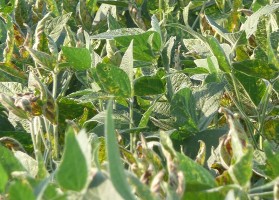
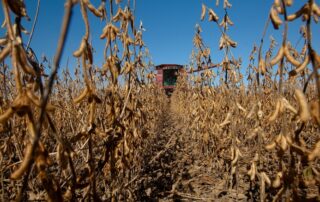
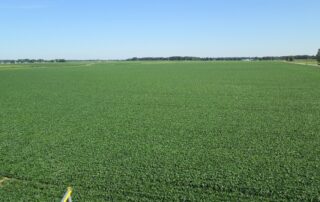
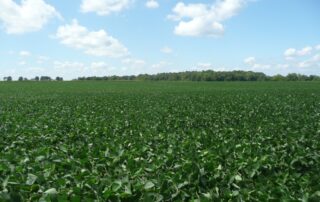
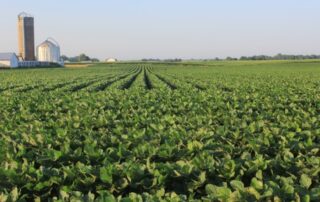
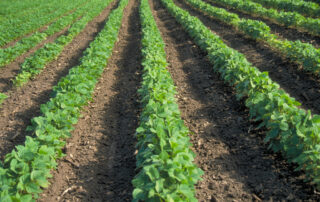
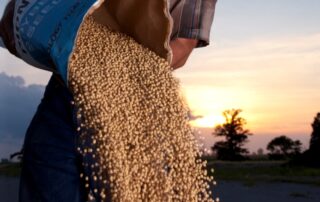
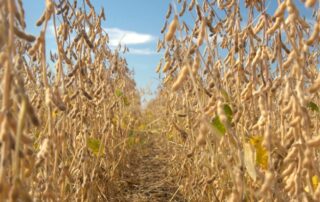
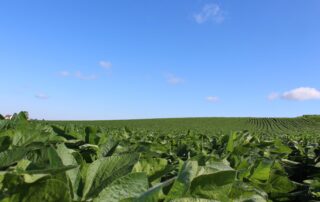
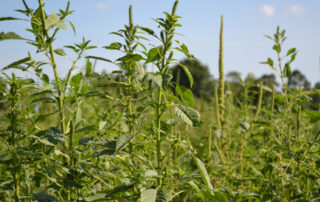

 and then
and then